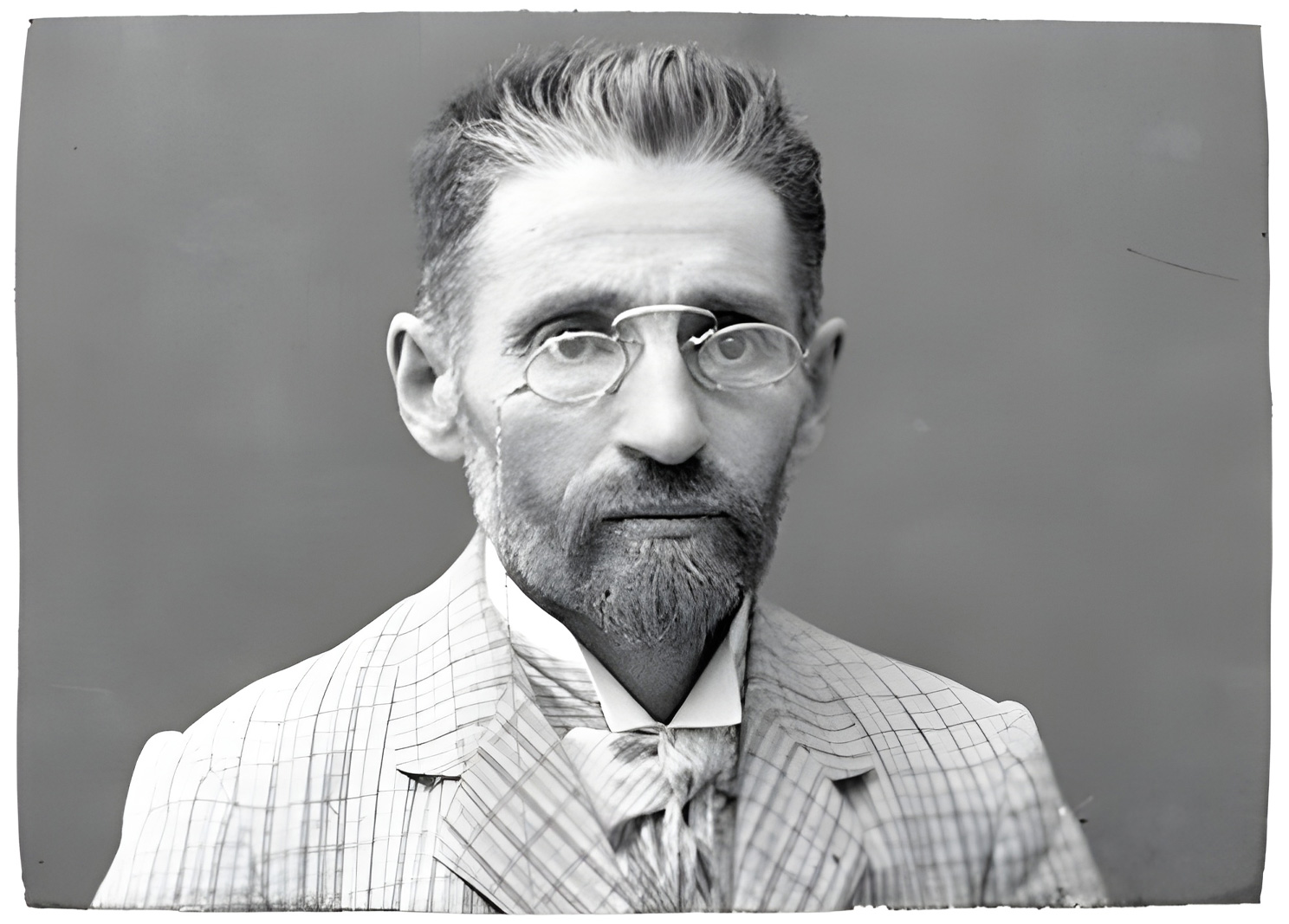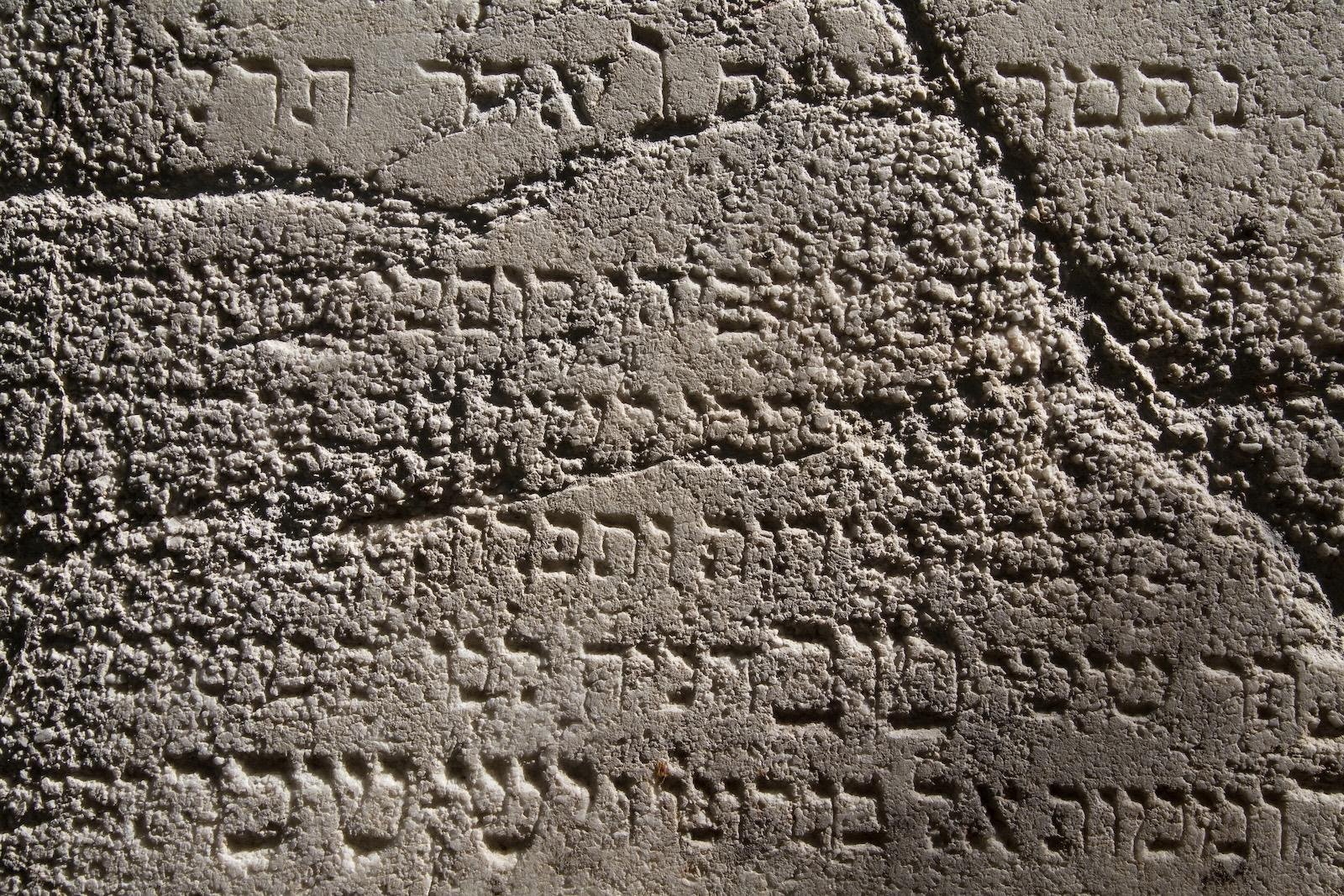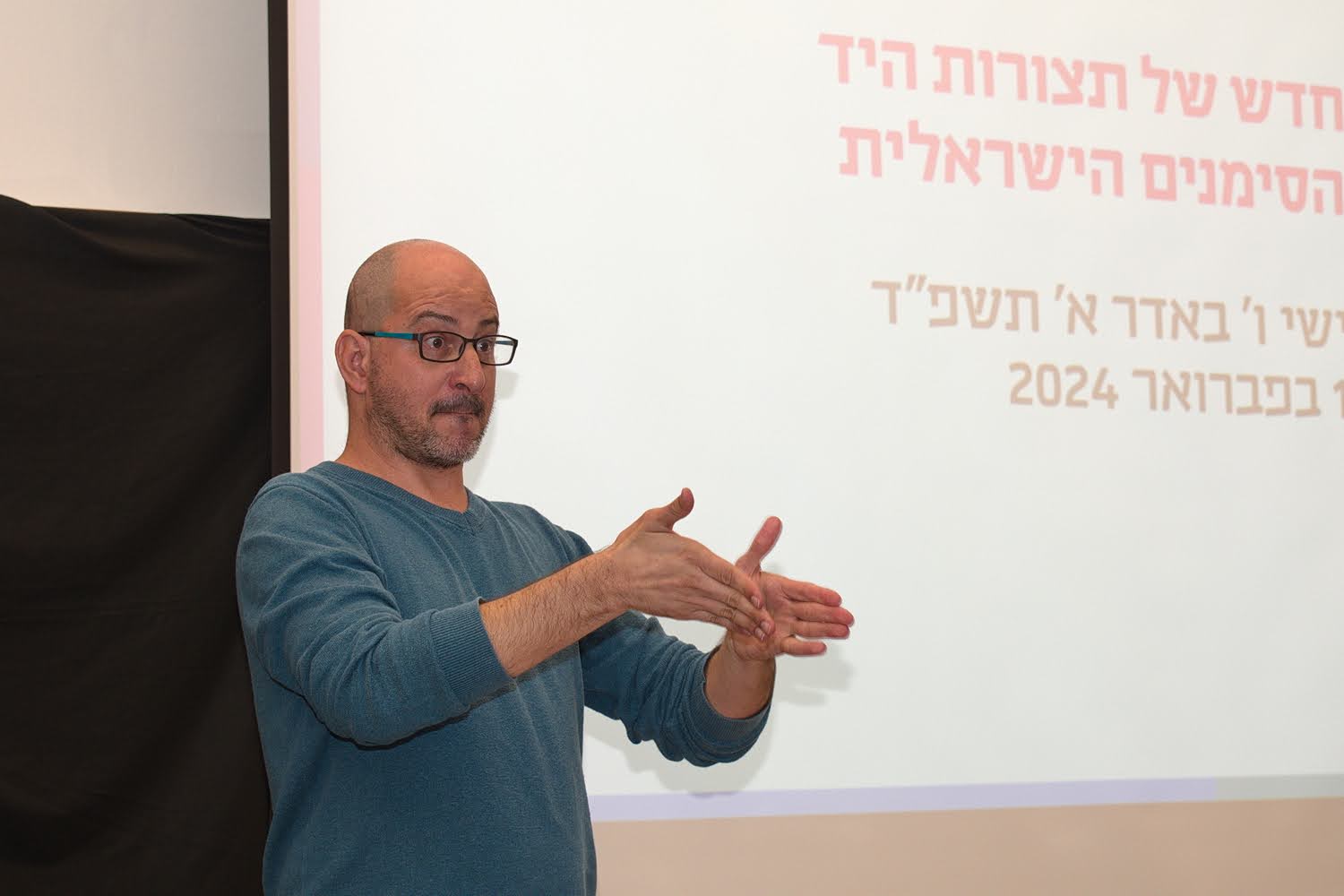
How a New Hebrew Word Is Created
When new words start popping up, especially in English, the world takes notice. And for speakers of Hebrew, one of the world’s oldest and most fascinating languages, it’s no exception. While the public often takes initiative to borrow or coin new words and bring them into popular use, one of the Academy of the Hebrew Language’s committees is responsible for creating and approving new words for general use. So, what does the process of creating a new word in Hebrew look like? Let’s break it down…
Making the Case
Today, the case for a new Hebrew word often starts with a suggestion sent to the Academy by the public or professionals that lack a word in their field of interest. In many cases, this suggestion is for a Hebrew alternative for a foreign word that is starting to be commonly used day to day. Perhaps the most important part of creating a new word is the decision of whether or not to replace it in the first place!
While many argue that new Hebrew words are essential to strengthening the status of the language and its independence, others argue that integrating foreign words connects Hebrew speakers to the global culture. In fact, hundreds of existing Hebrew words were borrowed from other places, languages, and eras — dating back to biblical times (and vice versa)!
Finding Balance
Ultimately, the Academy plays a key role in shaping the future of Hebrew. And, as such, finding balance between these two ideologies is essential to ensuring that the Hebrew language stays alive and relevant in the modern world. That’s why the Academy painstakingly discusses each term before coming to a careful decision.
Step 1: Making a decision
As a part of the discussion process, the Academy asks a number of key questions such as:
- How integrated has the word become in everyday language?
- How easy is it for Hebrew speakers to pronounce?
- Does the term generate verbs and adjectives?
- What is the word’s existing cultural value?
- How convenient, catchy, and appropriate would a Hebrew alternative be?
Once these and other key factors have been considered, the Academy makes their decision and moves forward in the process of creating a new Hebrew word.
Step 2: Examining texts
If creating a new word is deemed necessary, the Academy examines existing Hebrew sources to find an appropriate solution. In this case, they might attempt to repurpose or recycle words from the past, such as those in old or ancient texts, by adding a slight change to their original meaning. For example, the Hebrew term for “open air museum” uses the word katur expressing “open air” which occurs in the book of Ezekiel.
In another example, the Hebrew word for “cloaking” (in physics and optics) was proposed to the Academy in the name of Danny Gonen by his friend and classmate after Gonen was murdered in a terrorist attack. Months after his friend’s death, Moshe Gamliel approached the Academy, recounting how their lecturer had introduced the term “cloaking” and noted that there was no suitable Hebrew equivalent. Moshe recalled that Danny had suggested the word halata, drawing inspiration from biblical phrases such as “Behold, it [Goliath’s sword] is here wrapped in a cloth” (1 Samuel 21:9).
Step 3: Examining roots
Next, the Academy uses a root and a pattern to shape current Hebrew words with new meanings. For example, in order to create a Hebrew word for the French word “collage,” the word hedbek is used, as it is easily recognizable to those familiar with the root of the word: d-b-k (to glue).
In another example, the Israel Broadcasting Corporation appealed to the public to come up with a Hebrew alternative to the English word “podcast.” The word was selected by a judging committee that included representatives from the Academy. Hesket was chosen because its root s-k-t indicates listening and hearing, and because of its connection to the long-standing word taskit (radio play) which is familiar to many Hebrew speakers.
Step 4: Looking ahead
In the final step, the Academy must look into the future to assess the likelihood that a new term will be picked up by the public and become mainstream. One key indicator is how easily the root of the word is perceived and understood. However, in many cases, mass media can be the deciding factor, contributing to the catchiness of the word through its use in a song, on social media, or through everyday speech. Ultimately, it can take new Hebrew words over a decade to catch on!
For more information on how a Hebrew word is created, to access helpful Hebrew language resources, or to learn more about the Academy, visit the Academy’s website here.
As Friends of the Academy of the Hebrew Language, we are deeply passionate about Hebrew, its global cultural significance, and the incredible work of the Academy. If you are interested in supporting the Academy’s work creating new Hebrew words, become a friend or find out how you can contribute here!
The history of the Hebrew language is rich, beautiful, and complex. To learn more, read our Hebrew history timeline: Hebrew through the ages!
The history of the Hebrew language is rich, beautiful, and complex. To learn more, read our Hebrew history timeline: Hebrew through the ages!
Learn the fascinating story of Israeli Sign Language, its inception, its ongoing development and its place in inclusive education.
Learn about the Academy of the Hebrew Language’s Cultural & Educational Center, a hub of knowledge for Hebrew’s history, revival and development.





